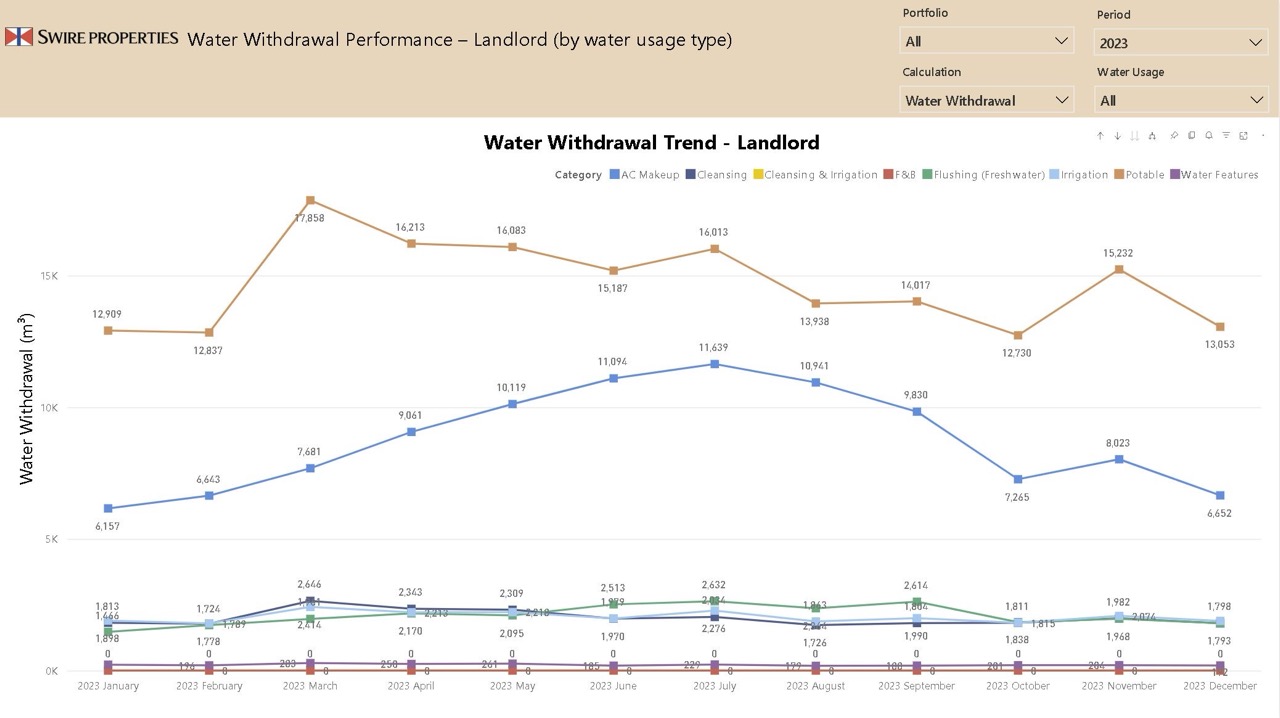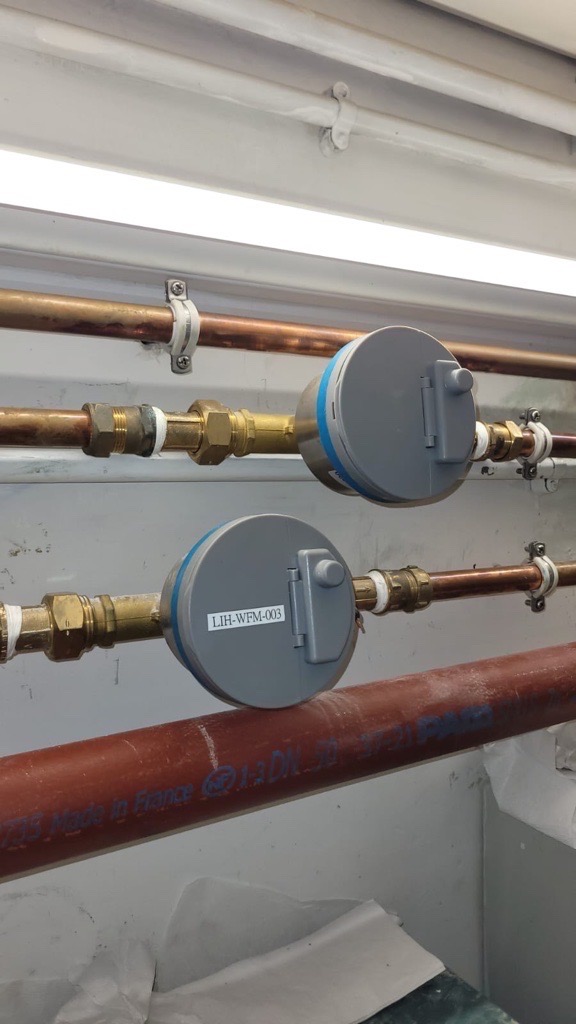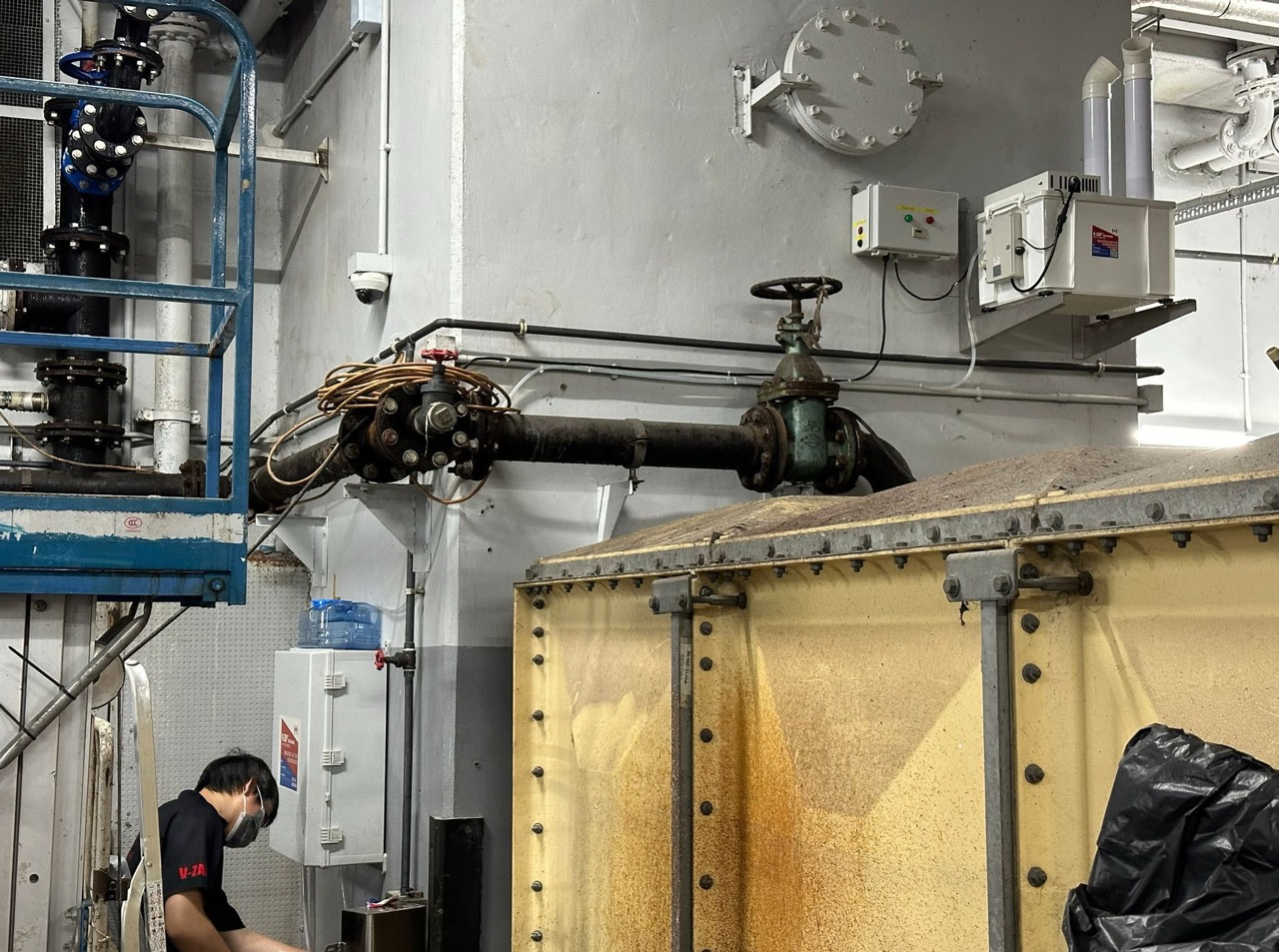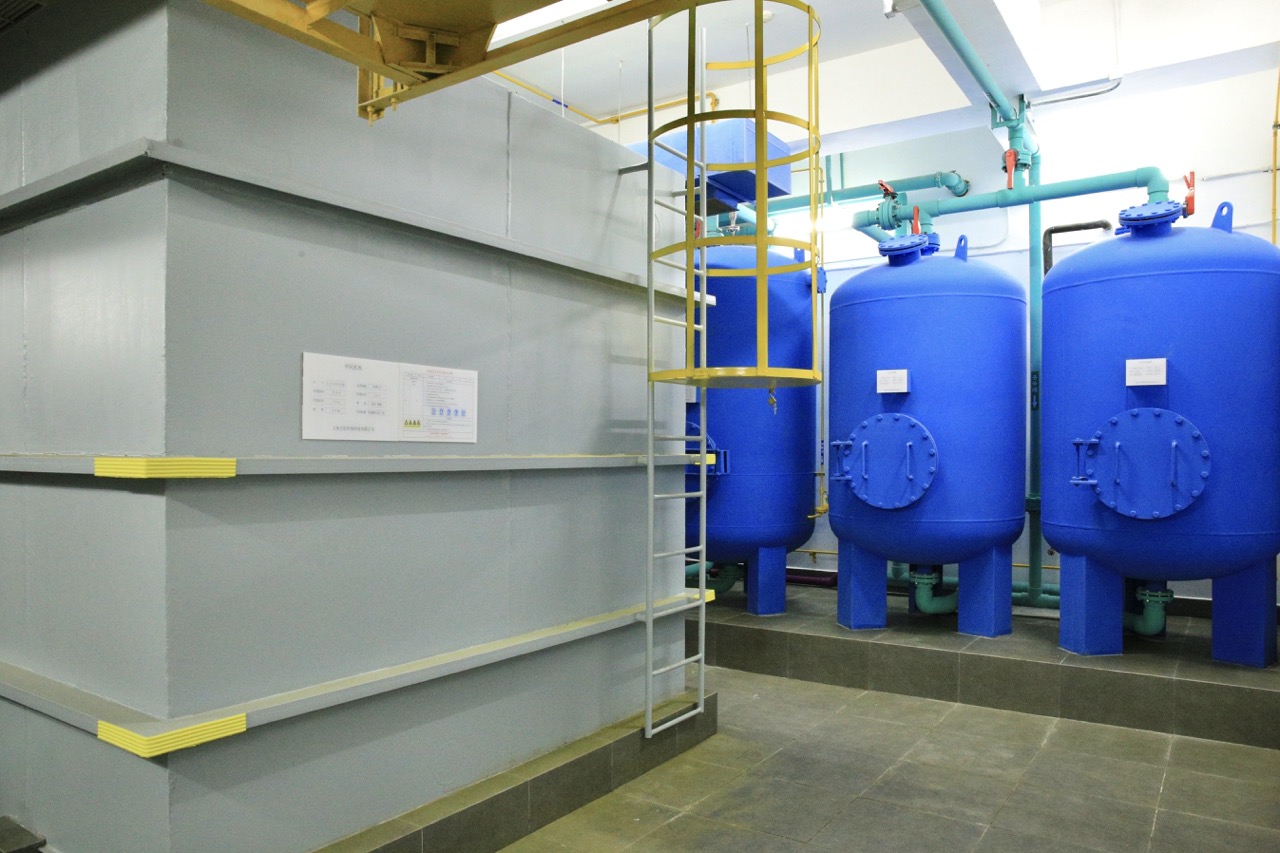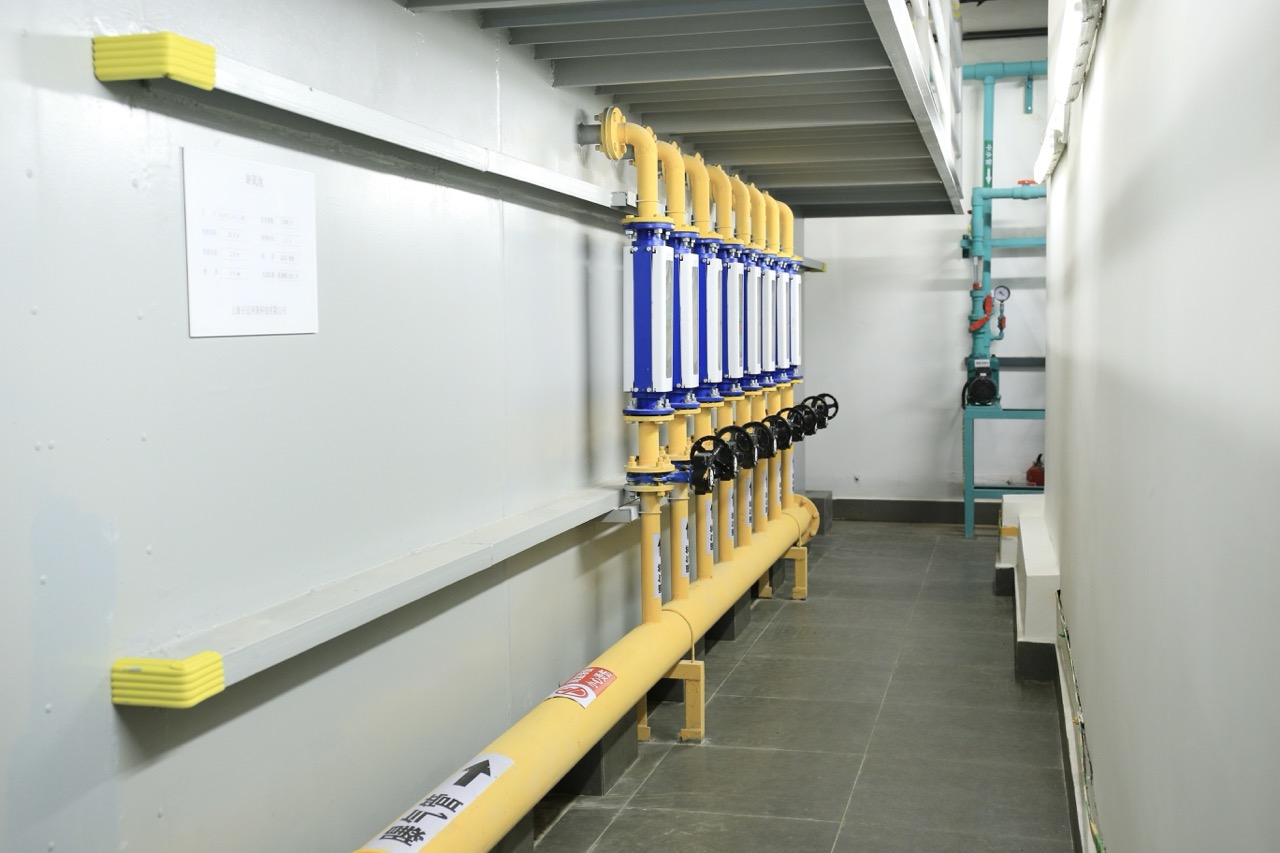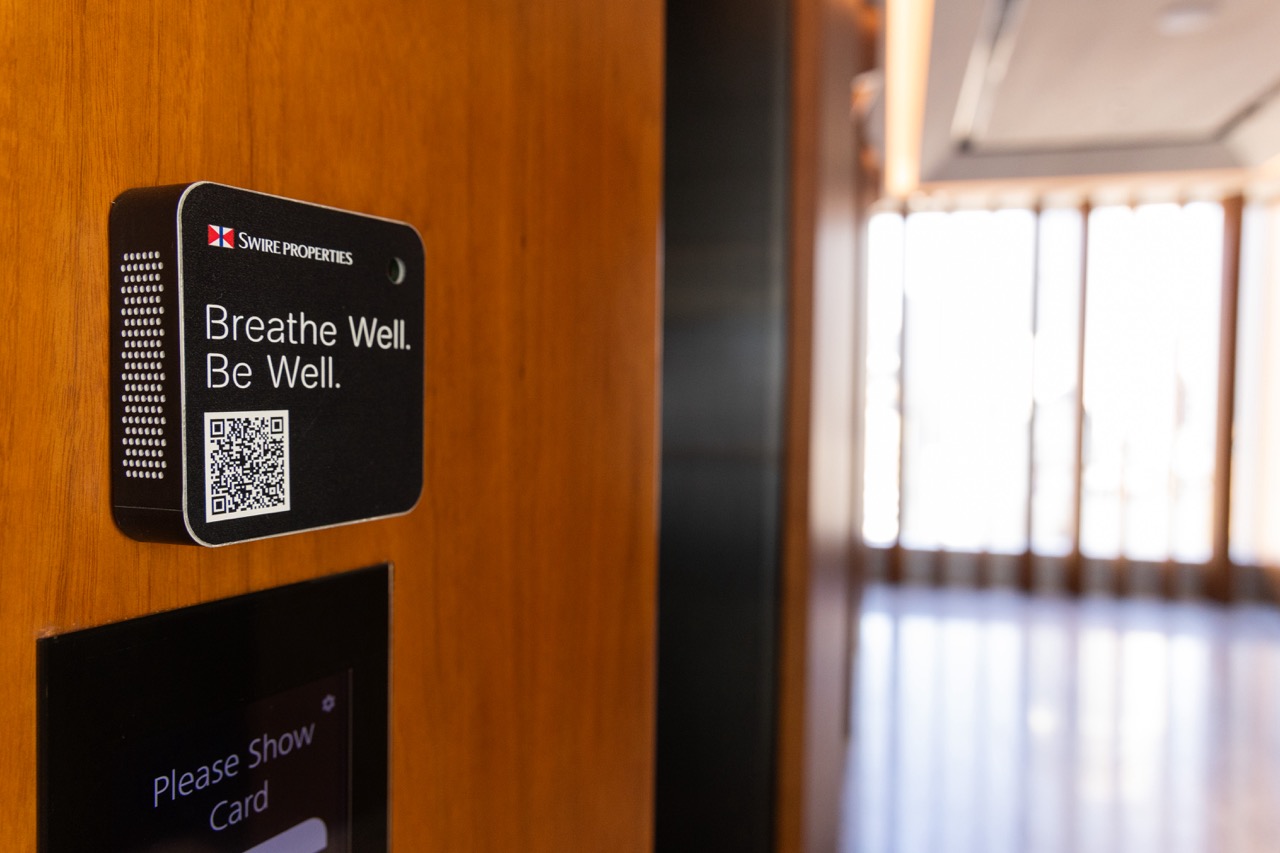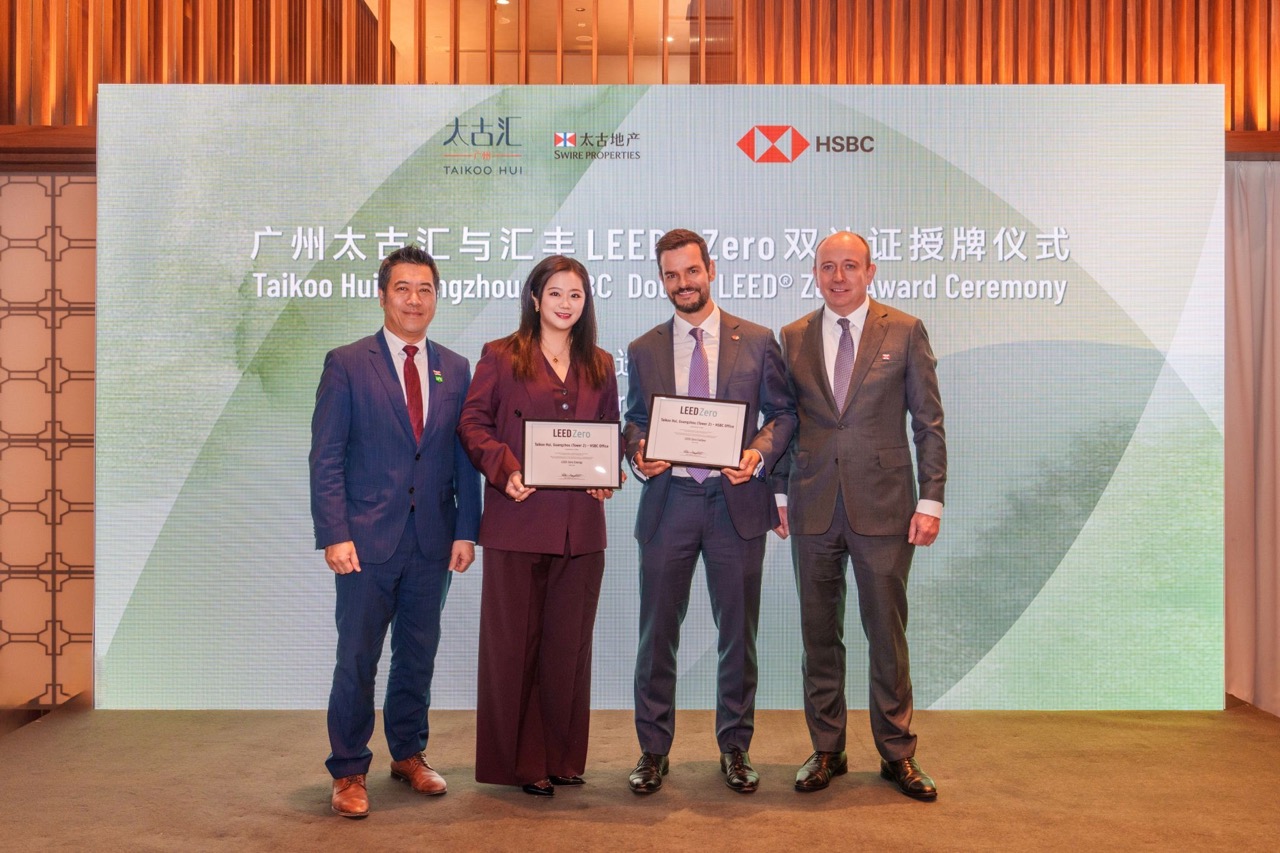Water
GRI 303
HKEX Aspect A2, KPI A2.4, A3.1
HKEX Aspect A2, KPI A2.4, A3.1
Water
GRI 303
HKEX Aspect A2, KPI A2.4, A3.1
HKEX Aspect A2, KPI A2.4, A3.1
Swire Properties monitors water consumption in our buildings and utilises various water-saving mechanisms such as water meters, water flow regulators, automatic taps, and automatic flush toilets and urinals.
We consistently encourage our employees and tenants to save water. We also urge our tenants to have in place internal guidelines on fresh and flushing water, as these help us comply with enhancements to the Hong Kong government’s voluntary “Quality Water Supply Scheme for Buildings” which protects drinking water quality in buildings. We conduct regular water-quality assessments across our Hong Kong and Chinese Mainland portfolio to ensure that our occupants have safe access to good-quality fresh water.
We aim to manage water risks and reduce overall water consumption under the Water focus area of this Pillar.
The relevant SDGs are:
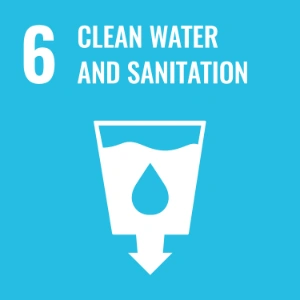
SDG 6
Ensuring availability and sustainable water management.
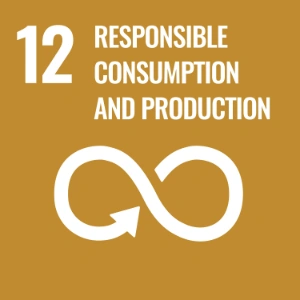
SDG 12
Ensuring sustainable consumption and production patterns.
Water Policy
Swire Properties’ Water Policy has been updated to focus on our responsible use of water. Pursuant to this policy, we aim to design and implement efficient water management measures across our operations, ensure that water is discharged into the environment safely, and encourage our employees and tenants to consume water responsibly, among other action items. We conduct regular review of our Water Policy to ensure alignment with global best practices and the latest regulations, and to better reflect water-related issues that are material to Swire Properties.
The policy update strengthens our commitments around the responsible use of water. These include understanding water risks in the locations of our developments, reducing water consumption intensity through improved design, implementing efficient water management measures during operations, ensuring that water is discharged into the environment safely, and engaging our stakeholders to encourage the responsible consumption of water.
Water Recycling
Several of our properties have greywater treatment and recycling systems in place. The system at Oxford House at Taikoo Place collects, treats and reuses pantry wastewater from office tenants for cleaning purposes, annually recycling about 300 m3. Several Chinese Mainland properties including Taikoo Hui, INDIGO, Taikoo Li Chengdu and HKRI Taikoo Hui have installed systems to collect and treat wastewater and rainwater for toilet flushing and plant irrigation.
One Taikoo Place also features a rainwater collection system that recycles water for irrigation of the gardens and green spaces at Taikoo Square and surrounding buildings. Recycled rainwater and greywater are used for irrigation at Two Taikoo Place, with the potential to achieve irrigation-related water savings of up to 100%. Additionally, processed water from the cooling tower is recycled through a reverse osmosis system and reused in the make-up water tank. Collectively, these three systems aim to reduce fresh water demand in the office tower by approximately 52%.
Water Neutrality Study
We have completed a survey of past and current water replenishment projects in Hong Kong and six of our Chinese Mainland locations: Beijing, Chengdu, Guangzhou, Sanya, Shanghai and Xi’an. The survey included several case studies such as land cover restoration and water, health and sanitation, helping us identify potential project types and partners for our pilot water replenishment projects.
In 2024, we continue to explore the feasibility of initiating a water replenishment pilot project. The objective is to replenish water back to the areas where we operate.
Smart Water Monitoring Systems Across our Portfolios
Smart Water Monitoring Systems Across our Portfolios
To reduce our freshwater consumption and align with our 2050 water neutrality commitment, we are installing smart digital water monitoring systems for our office tenants across our portfolios. We have now completed the first stage of this project, and have launched the smart water dashboard that will help us understand the water use profile of our portfolios, monitor progress against our water targets, and provide a basis for discussions with technical engineers and portfolio managers to further improve water efficiency.
By the end of 2024, we had installed smart water meters for office tenants in Taikoo Place and Pacific Place in Hong Kong, and completed the smart water dashboard. Installation of smart water meters in our Chinese Mainland properties is ongoing, with the dashboard already set up at Taikoo Hui Guangzhou.
Starting in 2025, we will install a total of 150 smart water meters in various locations across Citygate. These will collect water consumption data in individual tenant and common areas, including toilets, irrigation points and the premises of Green Kitchen Initiative F&B tenants. The data will be used for monitoring and analysis.
We also plan to extend our use of smart water meters to gather data on all utilities that use water, including drinking water, and water for cleaning, irrigation, air conditioning and fire services. The data collected will be analysed and used to inform future water-saving plans.
Smart Water Dashboard Display Data
- Monitoring: Water usage data gives users up-to-date consumption information.
- Historical data: Historical water consumption trends and patterns help users analyse their usage over time.
- Customisable alerts: Custom alerts can be set for abnormal usage patterns or leaks so users can take timely action.
- Comparison tools: Users can compare their current usage with past data or benchmarks to track progress.
- Goal setting: Water consumption goals can be set, with visual indicators of progress towards the goals.
- Data visualisation: Data is presented with easy-to-understand charts, graphs and tables giving quick insights.
- Integration: Dashboards integrate with smart water meters, automating data collection and enhancing accuracy.
Wastewater Treatment
Wastewater Treatment
Biotech Anti-clogging and Odour Treatment Trial
F&B outlet grease traps and garbage compactors can produce significant odour problems. This year, Swire Properties began trials of an innovative biochemical system, which helps to decompose oil and grease and suppress the growth of the anaerobic bacteria that produce odours. Starting in April 2024, we began a trial of the system in three locations in our Cityplaza and Island Place malls.
After the trial, odour problems were significantly improved in each of the three trial locations. The amount of oil and grease and suspended solids was reduced by 90.2% and 24.5% respectively per the water sample records. The grease traps also need less cleaning, meaning fewer trips were needed by a sewage suction tanker truck and a consequent reduction in our Scope 3 carbon emissions. F&B outlets across Cityplaza Mall will begin adopting the V-ZAP BIO-D system in 2025.
Taikoo Li Chengdu Wastewater Treatment Plant
Taikoo Li Chengdu Wastewater Treatment Plant
The original grey water system built at Taikoo Li Chengdu was shared between the mall and the hotel. The sources of the grey water were showers, swimming pool flushing and cooling tower drainage within the hotel area. As the amount of grey water was quite low, the system needed to be supplemented with tap water to work effectively.
The complex’s new grey water recycling system is an upgrade, using a membrane bioreactor (“MBR”) system that filters out dissolved solids and produces high-quality effluent. It will collect wastewater from a sewage outlet, two fire service system fit-out drains and other areas, and then recycle it into grey water that can be used for outdoor greenery irrigation, toilet flushing and car park cleaning. The system will save an estimated 69,350 m3 of water per year.
SEE MORE IN

